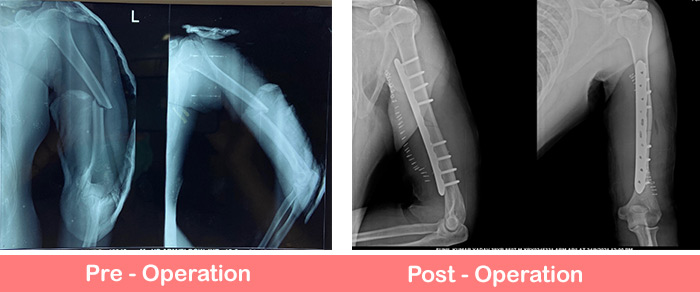

For those who experience persistent joint discomfort, Joint Replacement Surgery Hospital In Delhi has a routine technique that can considerably enhance quality of life. To achieve a satisfactory outcome following joint replacement surgery, it’s essential that you stick to a few tips and best practice.
The rehabilitation process following joint replacement surgery must include physical therapy. Together, you and your physical therapist will create a personalized workout regimen that will help you gain more strength, flexibility, and mobility.
Your surgeon may advise you to participate in physical therapy sessions to help you regain your strength and mobility and guarantee a speedy recovery. joint surgery in Delhi.

The goal of shoulder replacement surgery is to replace a worn-out or injured shoulder joint with an artificial one. People with persistent shoulder discomfort brought on by arthritis, injury, or other diseases that impact the shoulder joint are frequently advised to have this surgery.
Types of Shoulder Replacement Surgery
There are two main types of shoulder replacement surgery:
Total shoulder replacement: During a total shoulder replacement, prosthetic elements that closely resemble the natural shoulder joint are used to replace the shoulder joint’s damaged areas.
Reverse total shoulder replacement: In a reverse total shoulder replacement, the ball and socket locations in the shoulder joint are switched around. For those who have a torn rotator cuff or other shoulder issues that make this sort of surgery advisable, a traditional shoulder replacement is difficult.
Your surgeon will tell you how to be ready for the operation before the shoulder replacement surgery. This can entail ceasing a certain drug or dietary supplement, giving up smoking, and abstaining from meals and liquids before the procedure. You might also need to make plans for someone to drive you home after the procedure and help you while you recuperate.
You’ll be given general anesthesia for the shoulder replacement procedure. Your shoulder will be cut open by your surgeon, who will then remove the damaged joint components. The joint will subsequently be replaced with synthetic parts that resemble the native joint. You will be attentively watched throughout and after the process, which normally lasts a few hours.
To guarantee a good recovery following shoulder replacement surgery, you must follow a few rules. To assist you in regaining your strength, flexibility, and mobility, your surgeon could suggest physical therapy. To further safeguard the new joint, you might also need to wear a sling or another type of support. It’s crucial to carefully follow your surgeon’s recommendations and refrain from engaging in specific behaviors as advised.
The same risks and consequences that are involved with any operation also apply to shoulder replacement surgery. Infection, hemorrhage, nerve injury, and dislocation of the replacement joint are a few of these possibilities. Before the procedure, your surgeon will go through these risks with you and give you information on how to minimize the risks and complications.
You can make sure that your recovery from Joint Surgery goes well by keeping these points and recommendations in mind. You may decide if shoulder replacement surgery is the correct choice for you by being informed about the many types of shoulder replacement surgery, the candidates for the process, and how to get ready for and recover from the surgery.